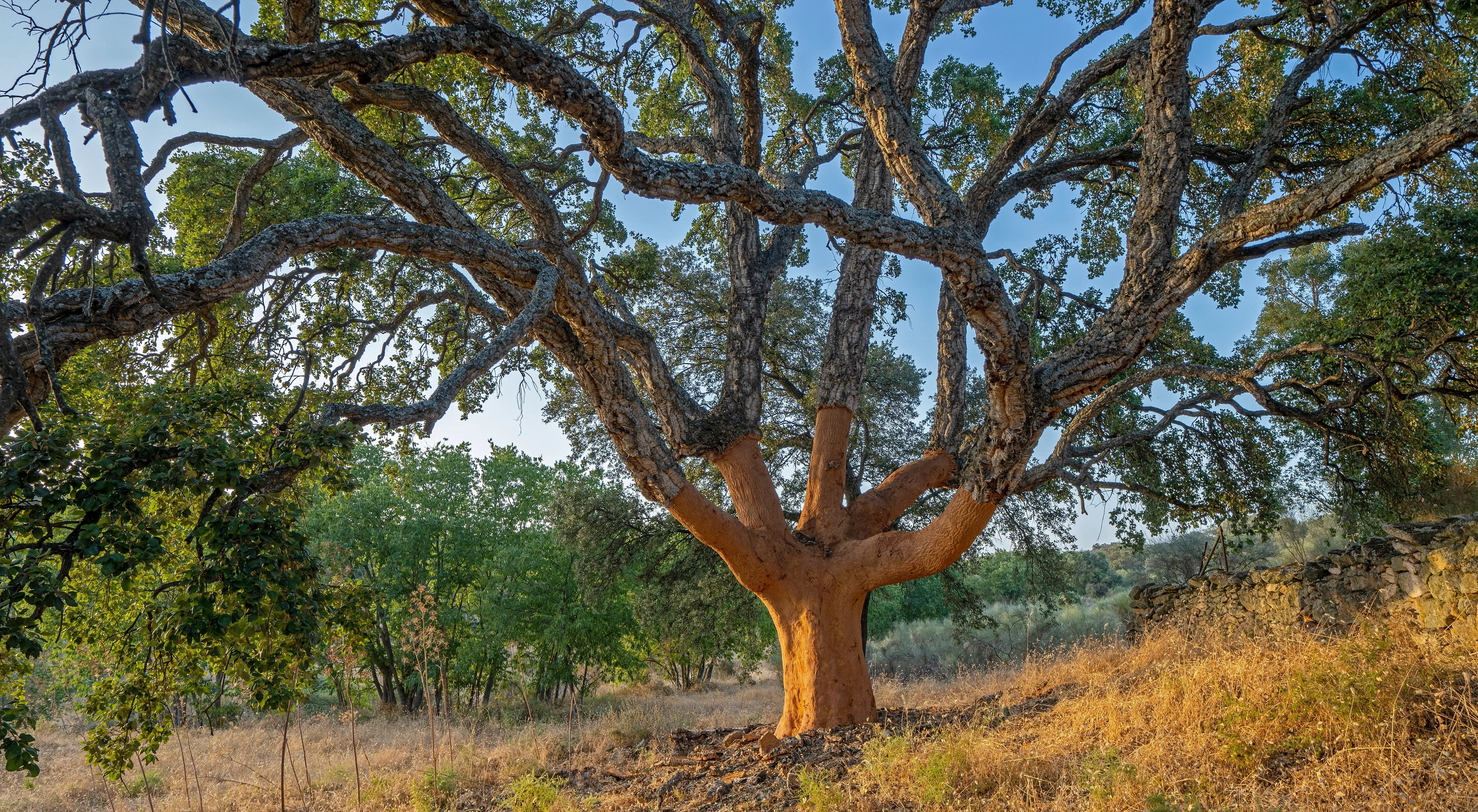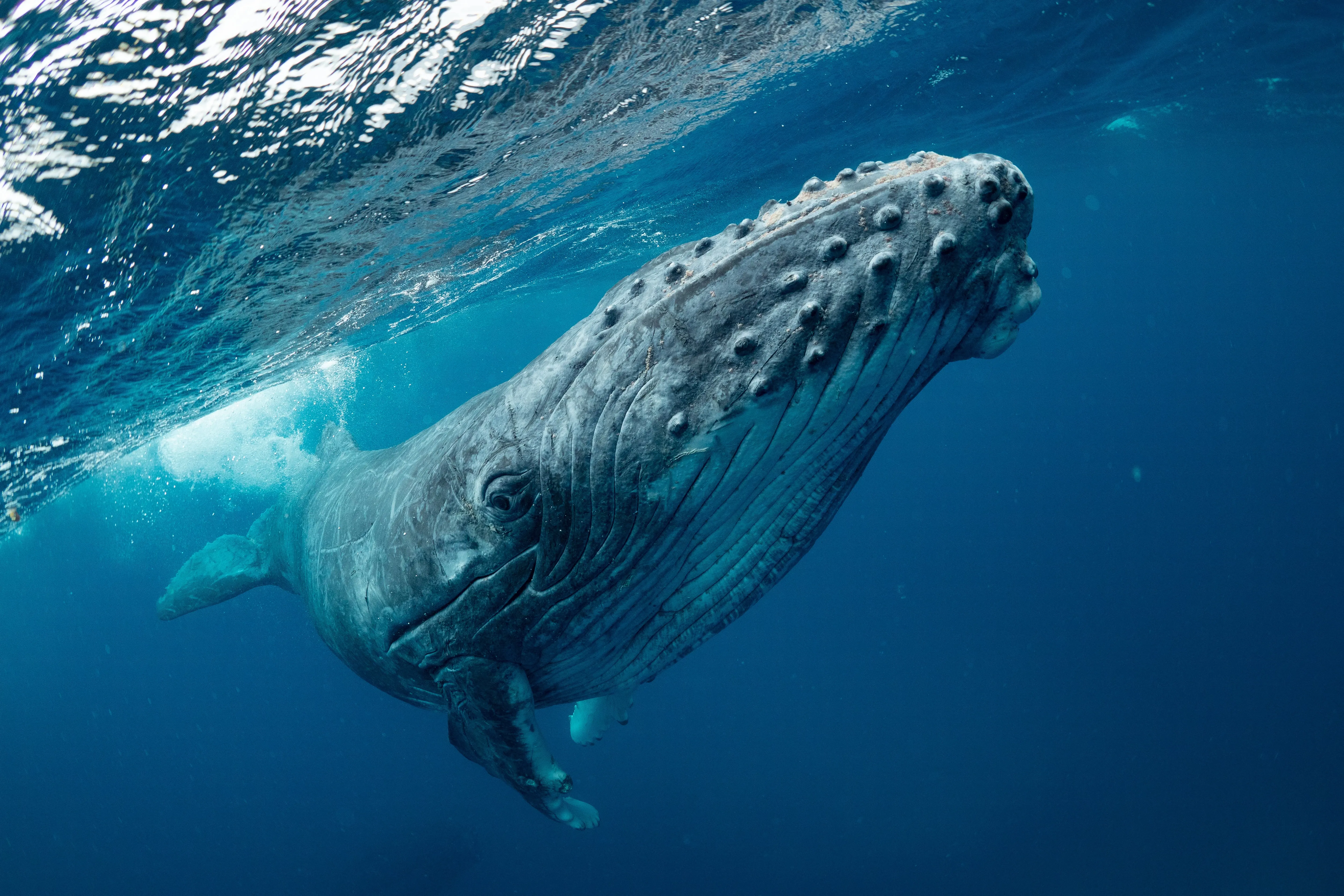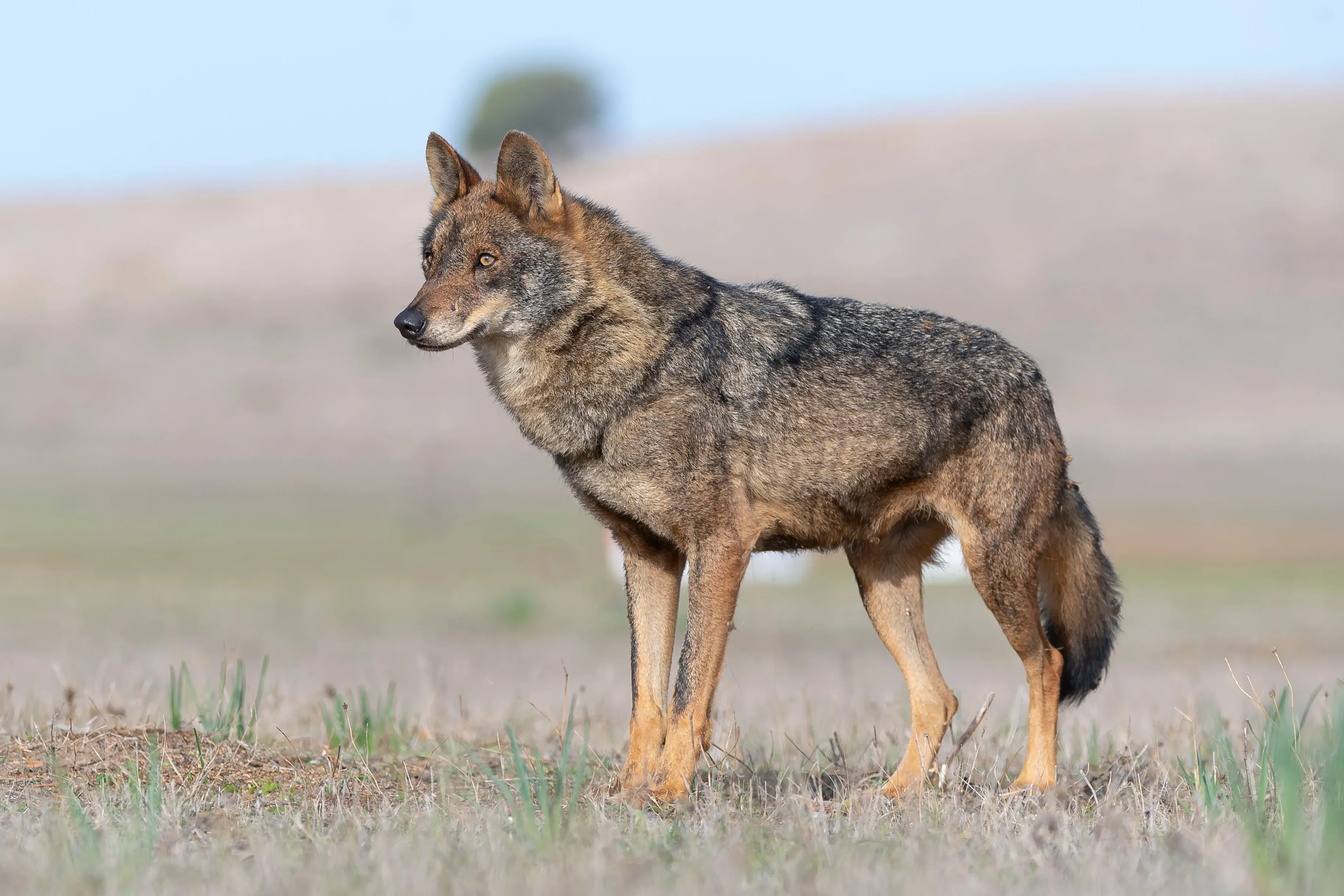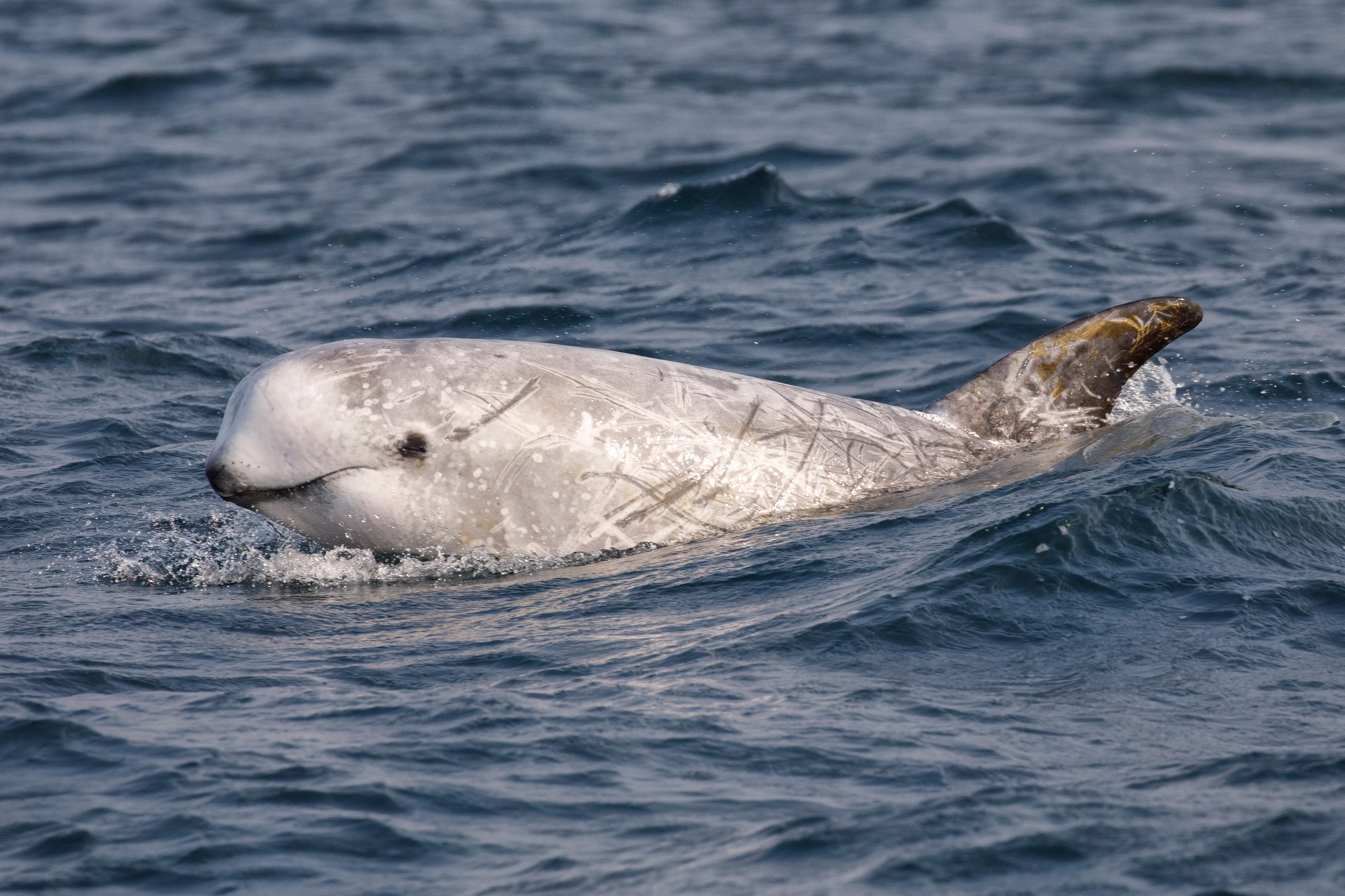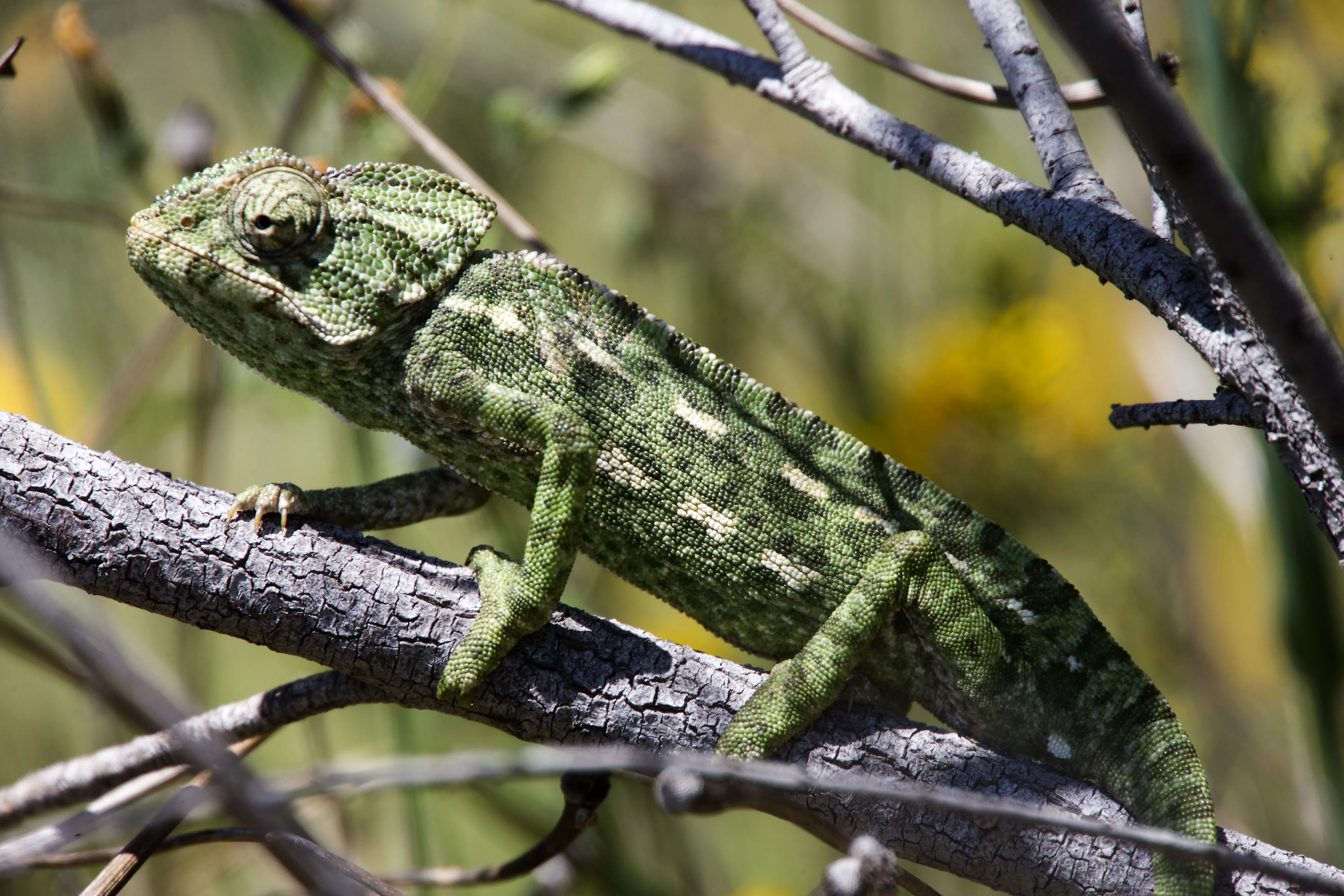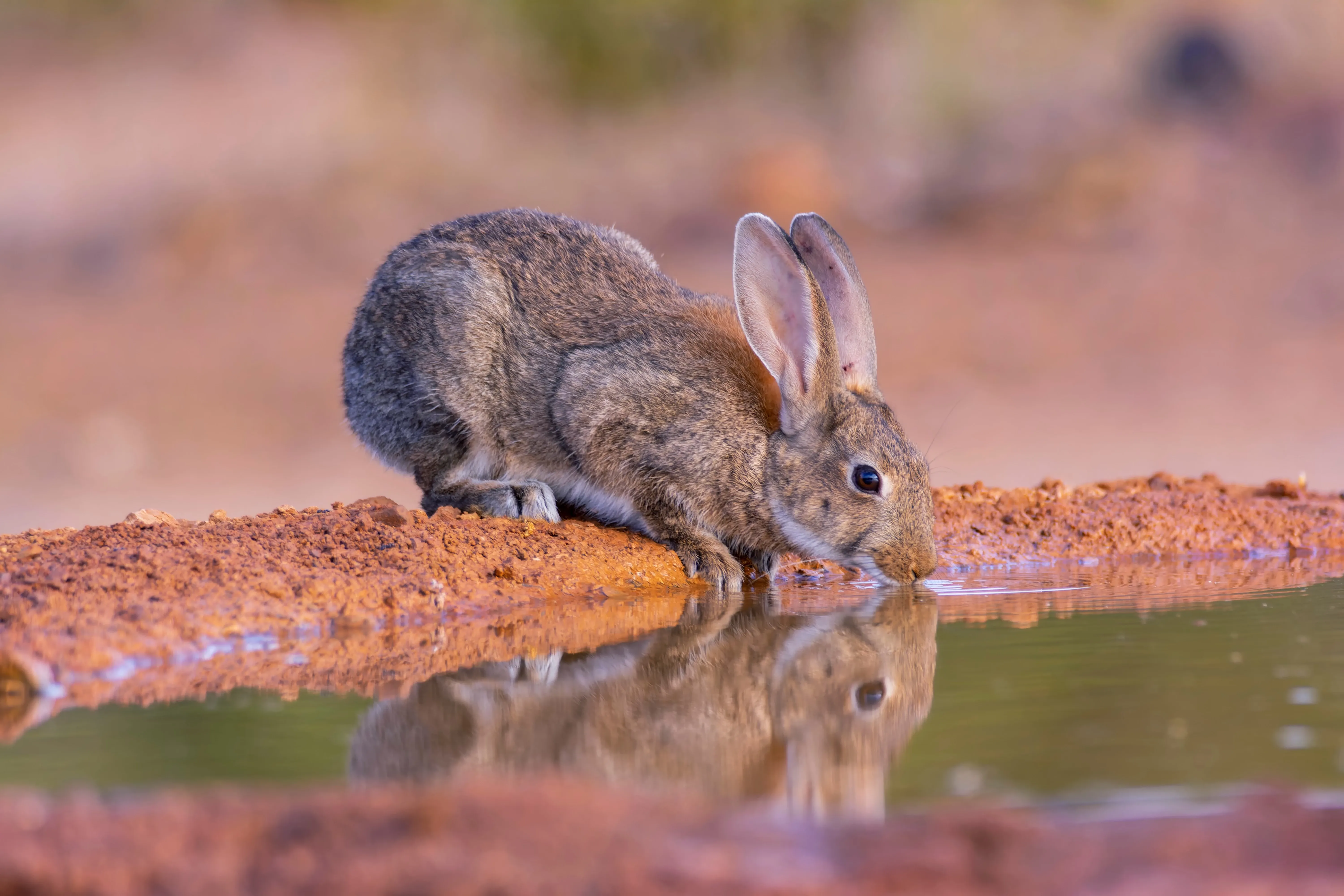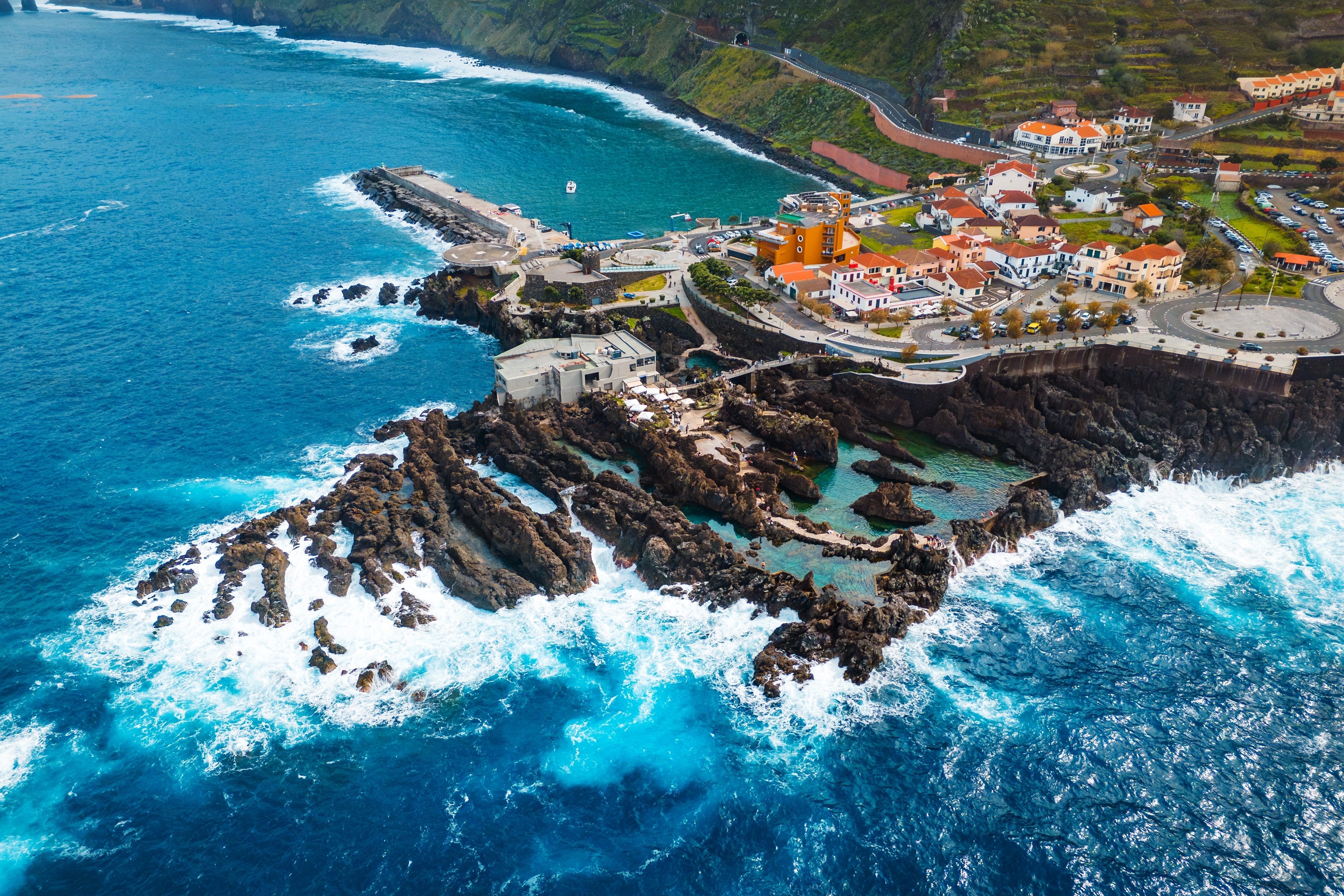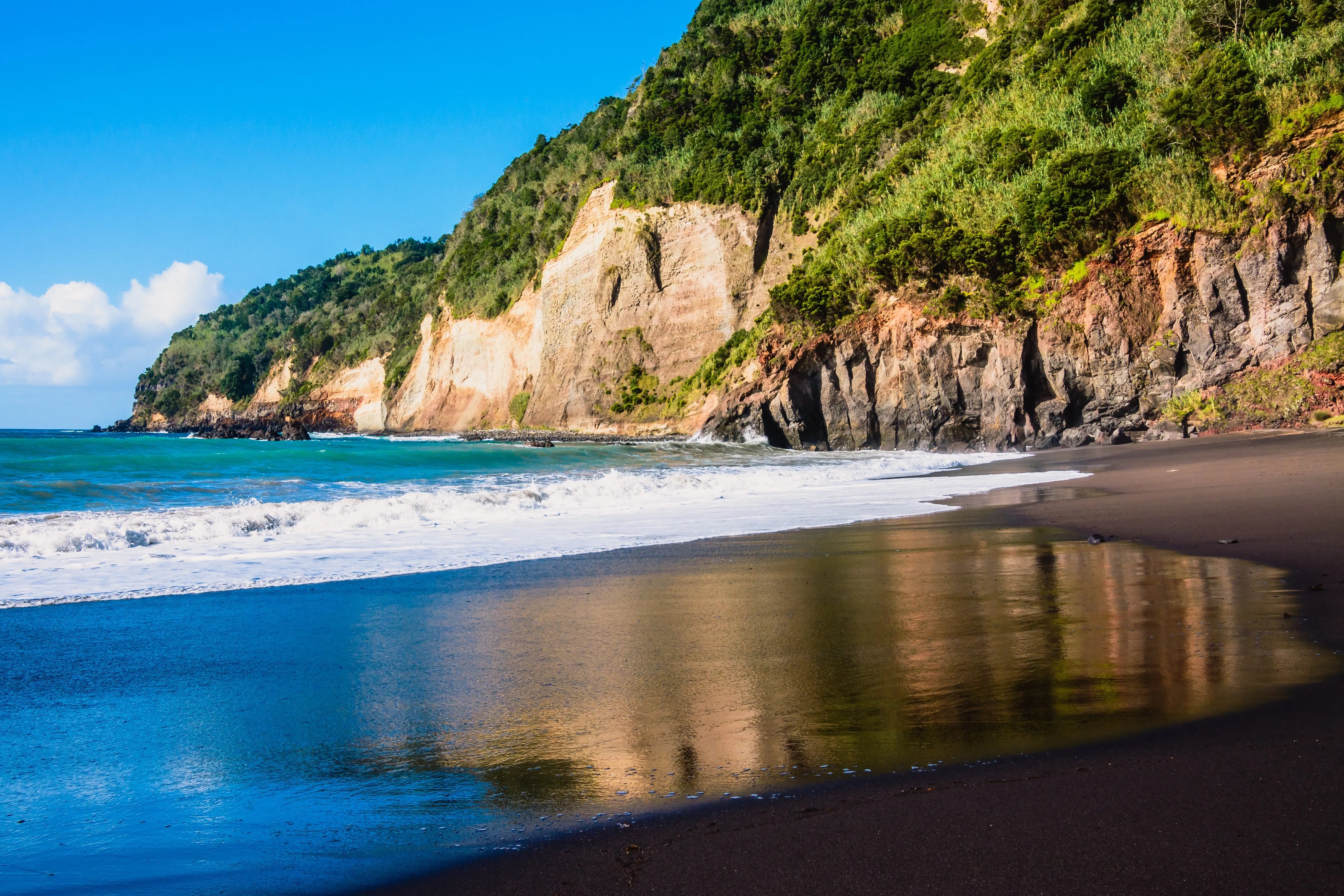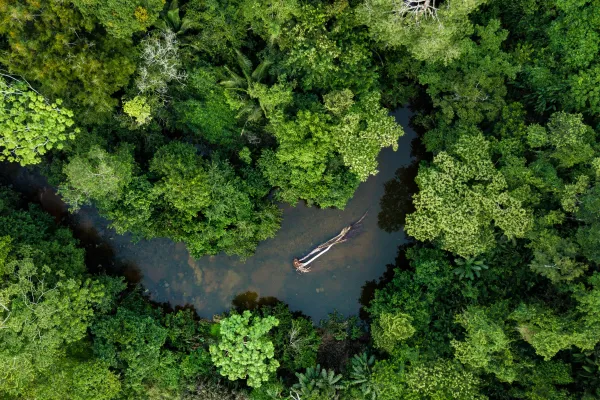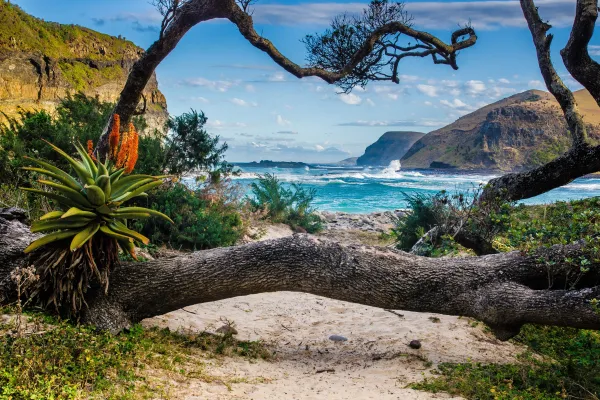Wild Europe: Ecotourism in Portugal
Europe’s wild, wild west. Ecotourism in Portugal is fast taking root and promises to make the country one of Europe’s nature travel powerhouse destinations in the not-too-distant future.
The wild European pearl on the edge of the Atlantic
Portugal, the grand old lady of the sea. A country moulded by the remarkable contributions of brave adventurers, explorers, and seafarers is officially the oldest recognised country in Europe. Its borders were defined in 1139 CE, and Lisbon, the capital city, is said to be four centuries older than the eternal city, Rome. It is a land of tremendous natural beauty, out of cliff-backed beaches, wondrous wetlands, and gorgeously dramatic river valleys.
With its bigger cousin, Spain, to the east and north and the cool, clear Atlantic Ocean lapping its shores to the west and south, Portugal must undoubtedly be one of Europe’s most special ecotourism destinations. With a Mediterranean climate affected by the Atlantic and a mountainous interior, it is one of the sunniest and most beautiful places to visit.

The lay of the land
The rectangular-shaped country on the southwestern corner of the Iberian Peninsula covers a little over 92,000 km2. The northern half is rugged and mountainous, with deep river valleys. The Gerês and Peneda mountain ranges dominate the northernmost part, and the elevated granite massif, the Serra da Estrela, also known as the “Star Mountain’ lies just below the Côa Valley. Torre, the highest point on the mainland, is also located here at 1,993 m. In central Portugal, a mountainous interior gives way to a breathtaking coastline dubbed the “Silver Coast”. It is made up of wild and ragged terrain and spectacular scenery. The Alentejo is primarily rural, with a range of landscapes from rolling hills and farm fields to charming forests. Right at the very bottom of Portugal is the region of Algarve. A well-known and highly rated holiday destination due to its warm climate and perfect beaches. Here, low rolling plains and limestone grottoes and caves are characteristic.
The three main rivers that flow through the country are the Douro River in the north, the longest river in Portugal, the Tagus River, which flows west toward Lisbon, and the Guadiana River in the south, which feeds Lake Alqueva. Two more notable rivers are the archaeologically important Côa River in north-central Portugal and the Sado River in the south, which flows through the lush Sado basin. The country also has one of Europe’s longest maritime coastlines, stretching over 940 kilometres. Portugal’s two most prominent island regions are located out west in the deep blue of the Atlantic Ocean. Both, Madeira and the Azores, are volcanic archipelagos.
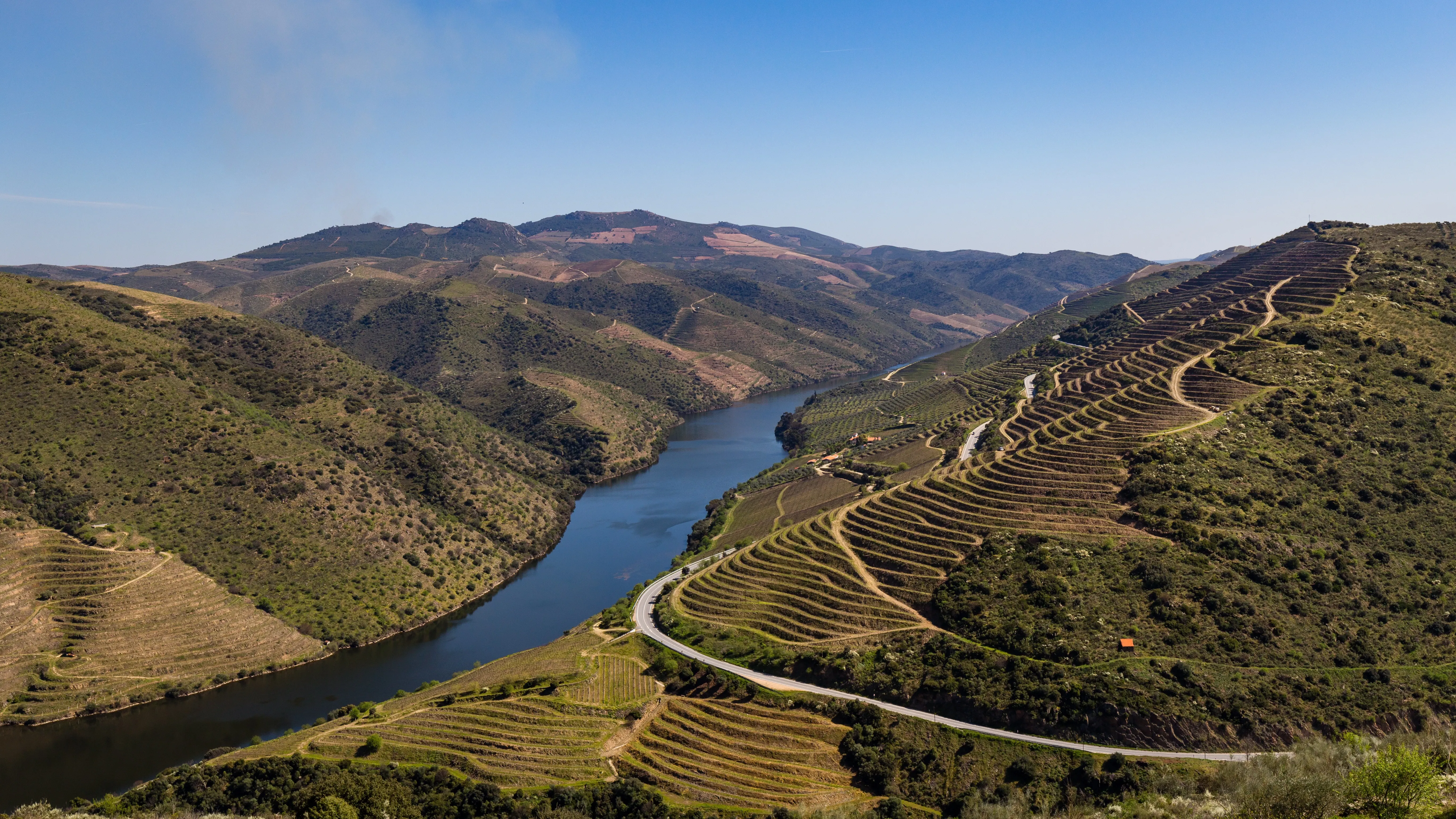
An ecological perspective
Broadly speaking, Portugal is covered by two general biomes: temperate broadleaf and mixed forests; and Mediterranean scrubland. Naturally, much greater complexity abounds when one looks closer. The mountains and river gorges in the north create various habitats, from oak forests and chestnut groves to peat bogs. The Greater Côa Valley lies just south of the Doura River and is a particular biodiversity hotspot with tremendous potential for ecotourism in Portugal. A savannah-like appearance with open areas dotted with trees hides gems like sweet acorn groves as well as the more obvious wonders of the imposing rocky cliff faces.
The Serra Da Estrela region possesses unique glacier valleys, caves, and birch-lined river banks. Portugal’s coastal dune systems, such as those in eastern Algarve, are some of the very few natural dune system habitats remaining in Europe. Two prominent estuaries, the Tagus and Ria Formosa, provide a safe haven for thousands of migratory birds, with the latter also housing the fascinating long-snouted seahorse in its brackish waters. By far, the most iconic biotope in Portugal is the Cork Oak forests. Located mainly in the south, Portugal has the greatest share of cork oak habitat in the world.
Portugal consists of around 1.7 million kilometres of marine areas with deep-sea habitats, natural coastal reefs, and marine wildlife migratory passageways, providing a home to a rich array of ecosystems. The two lush and green volcanic archipelagos, Madeira and the Azores, both lie far west of the Portuguese mainland. The Azores are the less ecologically diverse of the two, but do have both black-sand and boulder-edged beaches. Temperate mixed-leaf forests fill the interiors, which rise steeply from the sea. Mt. Pico is the highest point in all of the Portuguese territory at 2,351 m. The Azores are the only place in Europe where tea can be cultivated naturally in its environment. The coast of Madeira is characterised by high cliffs and caves, and the inland by deep valleys and ravines. Laurissilva is the name for the protected evergreen forests covering sixteen of Madeira’s islands.
Portugal’s wildlife
Portugal is home to an impressive array of wildlife. On land, red and roe deer, wild boars, foxes, genets, and the Iberian hare can be found. A small population of the Iberian wolf resides in the remote far north, together with the rare Garrano wild horses. Major conservation efforts are in place to protect the fledgling Iberian Lynx population, while the Great Bustard, Europe’s heaviest bird, can be seen on the Portuguese Steppe. In Algave, one can find the Mediterranean chameleon, one of around 25 reptile species that call Portugal home. In the wetlands in the south, huge numbers of birds pass through, including greater flamingos. Overall, over 600 species of birds have been recorded in Portuguese territory.
In the water, the wildlife is just as rich, with over 40 species of sharks recorded. In the waters to the south, Stripped, bottle-nosed, common, and Risso’s dolphins can be seen, as well as the harbour porpoise. Three of the seven sea turtle species found in the world have been seen in Portuguese waters; the Green, Leatherback, and Loggerhead turtles. Year-round sperm whale residents live in the waters of the Azores, and many other migratory species, such as the largest mammal of them all, the blue whale, pass through. The diverse and fascinating wildlife provides a strong pillar for ecotourism in Portugal.
Portugal’s Vegetation
Without a doubt, the two main stars of the show are the fire-resistant Cork Oak “Montado” and the laurel forests of Madeira. The vineyards of the Douro Valley, a UNESCO World Heritage Site, is one of the world’s oldest wine-producing areas. They are a beautiful but delicately balanced ecosystem, and in the south of the country, small forests dominated by olive trees and eucalyptus species are found. The violet-blue of the Gerês Lily, the red berries of holly and the splendid purple of the Serra do Gerês iris are scattered in the north.
Many endemic and uncommon Orchid species can be seen, particularly in the Algarve region. The man orchid is the more common while the twin-leaved Gennaria is far more difficult to find. A variety of species of wildflowers and herbs abound and add colour to an already vibrant landscape.
Ecotourism destinations in Portugal and nature conservation
According to the Biodiversity Information System for Europe, 22.28 % of land and 2.46 % of the ocean are covered by value-protected areas. 439 species and 102 habitats are protected by EU law. More can and is currently being done to protect, conserve, and enhance the wildlife and wilderness of the Portuguese landscape. There is a distinct drive to promote ecotourism in Portugal, and this is undoubtedly fuelled by a growing new environmental consciousness. In addition to the one national park, 24 other natural parks, wildlife reservations, and protected landscapes offer a wide range of high-quality nature experiences and trips.
Hikers’ favorite Portugal
Humans have explored and lived in the Greater Côa Valley for thousands of years. There is undoubtedly a deep, innate pull to it. Fantastic walking trails, safari-style nature experiences, wildlife photography opportunities, and multi-night hiking trails are all possible. The Côa Valley Grand Route is a linear trail comprising 11 stages and covering just under 200 km. Ancient rock art can be seen in the upper valley, and the Douro wine region provides spectacular scenery and hydration options. Hiking in the Peneda-Gerês National Park in the far north, Portugal’s only national park, is also definitely a bucket list must. A 700 km2 wilderness pocket begs to be explored.
Top spot for marine fans
The Azores are a well-known marine life magnet and have a well-established dolphin and whale viewing ecotourism set-up. Sea turtles, sunfish, Mobula rays, and sharks, to name but a few, can be seen on a variety of activities, from scuba diving and snorkelling to boat trips and kayaking. The jellyfish-like Portuguese Man of War can also be seen floating about.
When one gets a chance to keep their head above water for a while, there are two endemic bird species on the Azores; the Monteiro’s storm petrel and the Azores Bullfinch. Rich in biodiversity and some genuine wilderness pockets, with a deep culture, incredible local cuisine and fascinating history, Portugal calls out to be explored by all nature lovers.
Source references:
Biodiversity Europa
National Geographic - News
Center of Portugal
Rewilding Europe
Sign up for the newsletter
By clicking on “Subscribe now” I will subscribe to the Conscious Explorer newsletter with all the information about mindful travel. Information on the success measurement included in the consent, the use of the shipping service provider MailChimp, logging of the registration and your rights of revocation can be found in our privacy policy.

